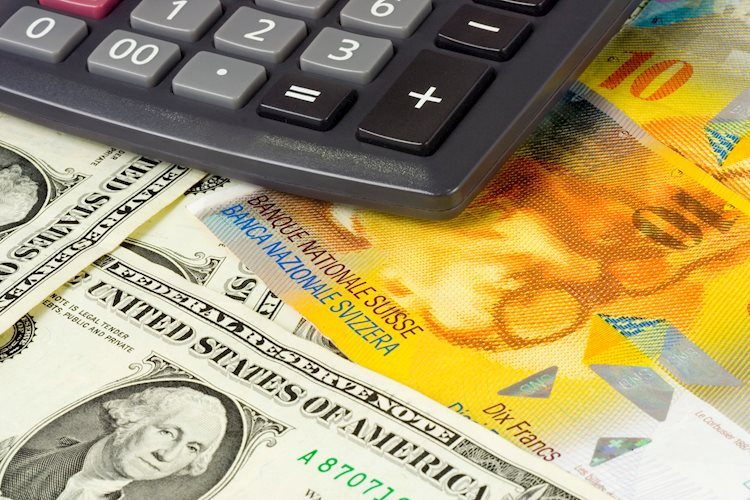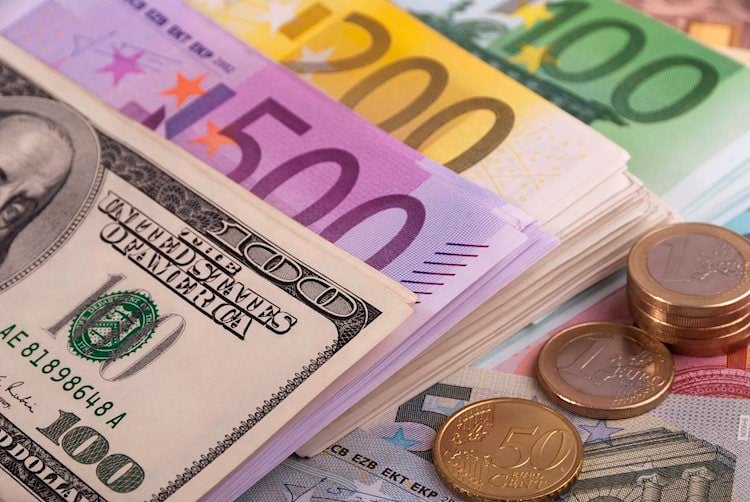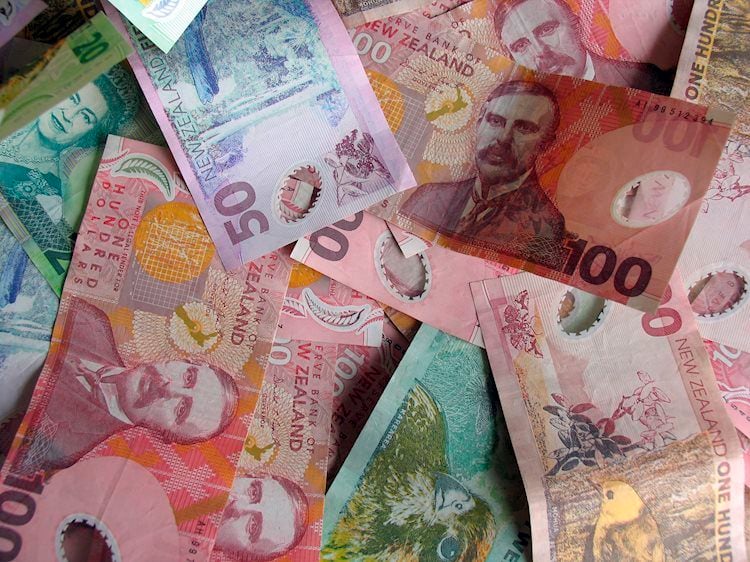EUR/USD rose sharply in Q2, as indicated in the second quarter forecast at the end of March, going from a low of 1.1704 on March 31 to a high of 1.2266 on May 25 before falling back. Now, following the conclusion of Q2, it appears that it has more room to fall ahead of the outcomes of a European Central Bank strategy review, which is expected to be released in September but could be released sooner. The ECB’s policy-making Governing Council announced the review of its monetary policy strategy in January 2020, and the conclusions were expected to be released by the end of the year. That deadline was, predictably, missed. The markets have mostly ignored the review since then, focusing instead on the coronavirus epidemic, the resulting worldwide economic crisis, and, more recently, the recovery from that slump and the likelihood of rising inflation. In keeping with other central banks that have portrayed inflation as likely to be temporary, the ECB has already stated that it has no intention of tightening policy in the short future. The review’s findings are anticipated to reaffirm that message by expressing more officially that the ECB will tolerate temporary inflation, and the Euro is likely to fall further ahead of its release as markets focus on what it might say. EUR/USD Daily Timeframe Price Chart (January 4 – June 24, 2021) (Chart 1) IG is the source. One outcome of the review could be a revised inflation target, with the ECB moving away from its current definition of price stability as “a year-on-year increase in the Harmonised Index of Consumer Prices (HICP) for the Euro area of less than 2%.” The Governing Council clarified in 2003 that in the pursuit of price stability, it aims to maintain inflation rates of less than 2%. This year, the ECB may switch to a symmetric medium-term inflation objective of 2%, with inflation above or below that level tolerated. In the current context, this would imply maintaining low interest rates, asset purchases, and quantitative easing even if inflation rises well beyond 2% in order to avoid stifling the recovery. Christine Lagarde should be on your radar. As previously stated, market pricing follows expectations, thus Euro weakness could occur before the evaluation is published. That means traders will be on the watch for signals regarding the contents from members of the Governing Council, particularly ECB President Christine Lagarde. She gave one such indication to Politico.EU in mid-June, when she stated that the US Federal Reserve’s policy framework could serve as a model: “We looked at the Federal Reserve’s new average inflation targeting strategy, which includes asymmetric symmetry and a focus on employment. “This is what they do, and this is how their strategy review went,” she explained. It does not, however, prejudge what will work for us, and our work is still in progress,” she noted. Download our new 3Q trading advice from the DailyFX Free Trading Guides to read the full Euro forecast, including the technical outlook!/n
Read MoreEUR Q3 Fundamental Forecast: ECB Review May Lead to Euro Weakness
2021-07-08T08:30:00-04:00July 8th, 2021|




